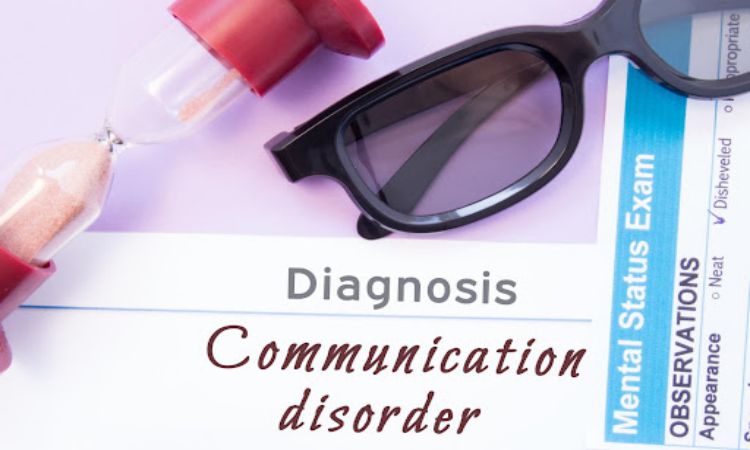 Approximately 5% to 10% of Americans have speech disorders. Being able to identify a speech disorder early is one of the best ways to overcome it since speech therapy is most successful in younger children.
Approximately 5% to 10% of Americans have speech disorders. Being able to identify a speech disorder early is one of the best ways to overcome it since speech therapy is most successful in younger children.
But how do you identify the different types of speech disorders?
In this article, we discuss 3 types of these disorders to help you identify them. Read on to minimize the impact of a speech disorder.
1. Stuttering
Stuttering is one of the most common types of speech disorders in adults and children and typically develops between 2 and 6 years of age. Certain characteristics are at a higher risk of developing a stutter than others.
Speech sound disorders such as stuttering are temporary for some children, but some need speech therapy to correct them.
Types of Stuttering
Children with a family history of stuttering are more likely to develop this speech disorder, but it occurs for different reasons. There are also different types of stuttering a person might experience, such as those below:
- Repetition
- Block
- Prolongation
Repetition refers to repeated words. Block refers to a pause between words, and prolongation refers to drawn-out sounds in a word. Other body movements may also accompany these symptoms.
2. Verbal Apraxia
Verbal apraxia is one of the different types of speech disorders. It’s one of several motor speech disorders, which means it affects the part of the brain responsible for the motor skills used during speech.
This condition can have different symptoms and affect different body functions in unique ways. Individuals with this disorder struggle to use certain words even if they know what they want to say.
Mouth Movement
One of the symptoms of verbal apraxia is difficulty moving the mouth, lips, or tongue smoothly between syllables or words. It may be difficult to understand how to move these body parts as needed to form sounds.
Distortions
Another symptom of motor speech disorders such as this is distorted words and sounds. A person may try to use the correct sound or vowel but say it incorrectly. They may also stress the wrong syllables in a word.
3. Articulation Disorders
Speech sound disorders such as articulation disorders occur when a person has physical difficulty creating certain sounds. They may have a physical defect or find it difficult to position their lips, tongue, or jaw.
Articulation speech disorders are common in children with a cleft palate or the condition of ankyloglossia. Ankyloglossia is commonly known as ‘tongue-tie,’ or the restricted range of motion of a person’s tongue.
Getting Help With Speech Disorders
One of the best things for a child with a speech disorder is to attend speech language therapy. This is an effective form of treatment for motor speech disorders, speech sound disorders, and more.
However, this type of therapy isn’t just about improving speech. It’s also about understanding language, how to use it, and how to control their motor functions and tone.
Overcome Speech Disorders
There are many causes and symptoms involved with speech disorders, and they affect people in unique ways. Learning about the different types of speech disorders in adults and kids helps teach when to seek treatment.
For more helpful tips and guides, visit our blog.




